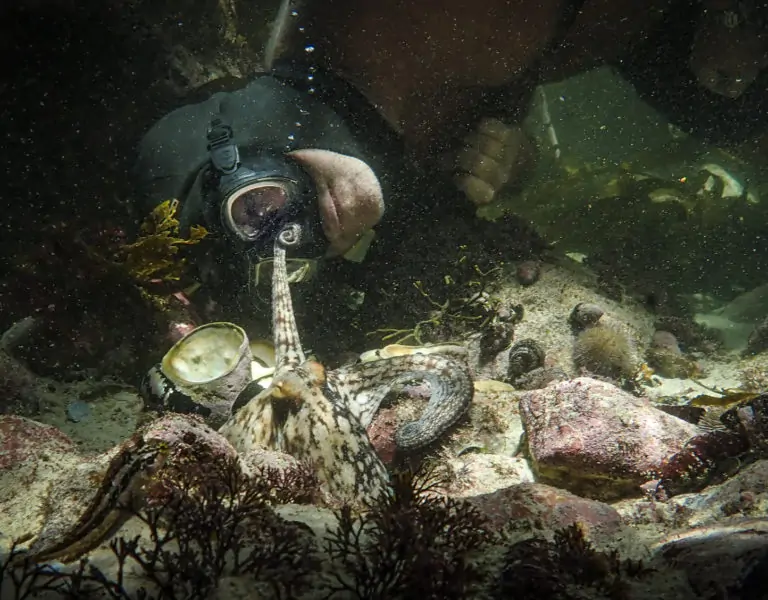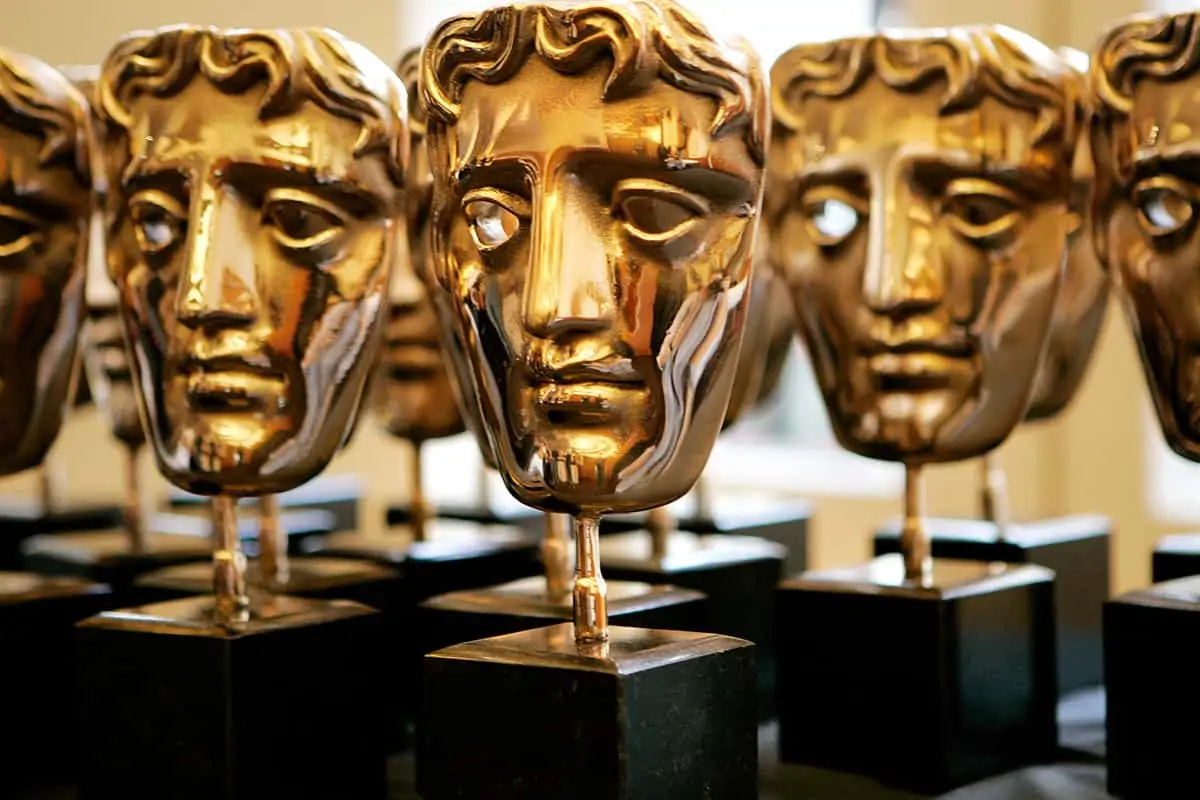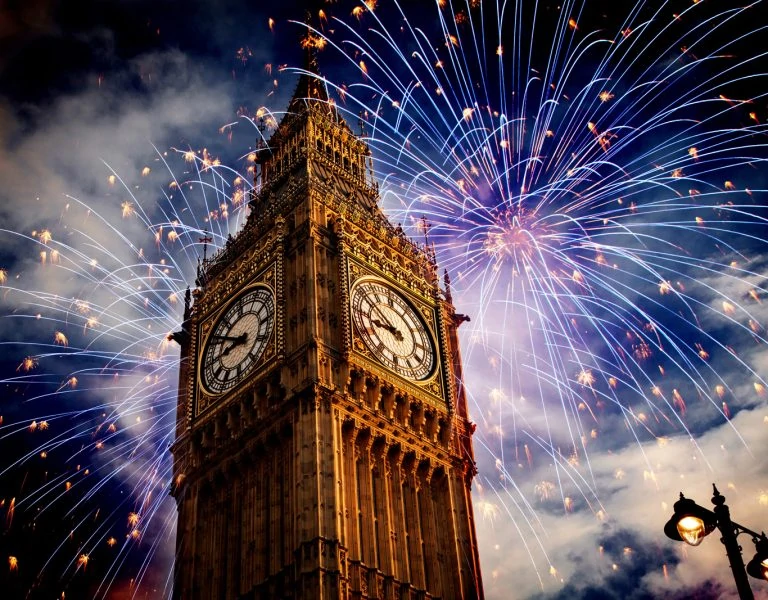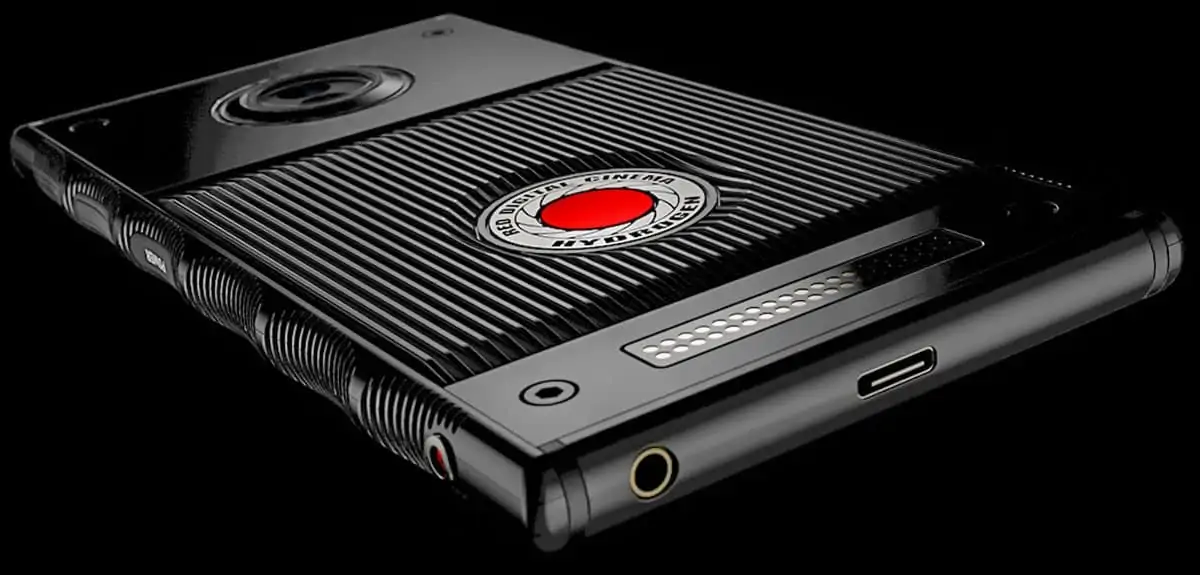TECHNOLOGY IS OUR CROWNING GLORY
Well, the bunting has now been taken down, the Union flags packed away, the street parties have cleared away the Coronation chicken, pork pies and warm beer, and the four days of celebrations for Her Majesty The Queen have come to a conclusion.
Unless you have been away in a jungle or in Siberia for the past few months you won’t have missed the fact the Queen has been on the UK throne for 70 years, longer than any before her, and a reign never likely to be overtaken. With a flurry of magnificent light projections on Buckingham Palace, street parties and dancing, an appearance by a CGI Paddington Bear, various genres of music, illuminated drone displays and fireworks, along with the “Best of British” carnival past Buckingham Palace, the world saw the UK as a place to do business. It showed the reported one billion people watching the events three things:
1. How the people working in Britain have managed to change the world over the past 70 years in terms of pioneering inventions, vehicles, and leading technology we all use today.
2. Just how quirky we are as a nation and how we don’t take everything so seriously all the time.
3. How collaboration has created a greater set of achievements for the world to enjoy and build upon.
I want to take a quick look at the first part of this, the inventions and how the UK has truly been world leader in many areas during the time Her Majesty has been at the helm, through good times and some that were somewhat challenging. I didn’t want it to be a Billy Joel song “We Didn’t Start the Fire” list of events without putting them into context and the timing.
In looking at the advances in engineering, medicine, electronics and more, it really struck home how things we now take for granted weren’t even invented before 1952. Star Trek was way ahead of its time with its technology predictions, although we haven’t yet managed to get “beamed down” to another planet (or even another country). That would make the aviation industry and airport queues a thing of the past and going on holiday a bit easier. Although there would probably be a long, but nervous queue for the machine to tear us apart at an atomic scale, get transported across thousands of miles to be recreated again in perfect form at our chosen location. What could possibly go wrong? Hm – on second thoughts, where is the aircraft queue in the airport again? Anyway, I digress…
In 70 years, the Queen has witnessed many events in person, yet the list of technological achievements introduced to the world in that time is staggering. These examples have been compiled from around the globe, and I can only really scratch the surface. From the first commercial jet airliner aircraft with the Comet in 1952 and the first laptop computer (Epson TX-20) and first mobile phone arriving in 1982 (the snappily named DynaTAC8000X), to landing probes on Mars and engineering Voyager 1 and 2, spacecrafts launched 45 years ago in 1977, the list of technological achievements has been immense.
In terms of space travel advances, these have manifested themselves at a rapid pace. On 12 April 1961 Yuri Gagarin was the first human to travel in outer space and his Russian Vostok 1 capsule completed one Earth orbit. It was a remarkable achievement for the technology available at the time, yet within eight years Neil Armstrong was standing on the Moon. That was a huge human achievement, and even more so when there was a live broadcast to the world from the Moon! Since then, we have had the first space station Salyut 1, geostationary satellites leading to Sat nav and live TV broadcast by satellite TV, 1998-2011 saw the International Space Station, Mars probe landings, there was the brilliant yet fated Space Shuttle, Hubble Telescope, communications satellites and more. Now we take it for granted when there is something happening in the world the pictures and sound can be beamed live around the globe with a small satellite transmitter.
We have had magnificent engineering around the world in iconic projects such as Concorde, and iconic cars have been made such as the Mini, E-Type Jaguar, Land Rover Defender, Aston Martin, TVR and more. Now we have seatbelts, satellite navigation, mobile phones, airbags, driverless and now electric cars. In architecture there is the Channel Tunnel, the tallest building in the world, the Burj Khalifa in Dubai, with a total height of 829.8 m (2,722 ft), magnificent bridges such as the Millau Viaduct in France, along with Wembley Stadium, to name a few. Music has also been a theme running through the Queen’s 70 years, and we have had enjoyed The Beatles, Pink Floyd, Fleetwood Mac, Led Zeppelin, The Rolling Stones, The Doors, Pavarotti, Jimi Hendrix, and the composers John Williams, Vangelis, and Michael Kamen to name a few. They may not all be your choice but picking a handful of artistes from 70 years is not easy, and they were chosen as all had a distinctive sound.
Of course, there have sadly been conflicts and wars between countries, and the list since 1952 is quite depressing as some of them are still happening today. For a few examples: the Malayan Emergency (1948-1960), Korean War, Vietnam War, “The Troubles”, the Falklands, Iraq, Bosnia, Kosovo, Gulf Wars, Afghanistan, Syria, ISIS… and now Russia attacking Ukraine. When will humans ever learn?
Television was a huge part of the formation of the UK, and for many years the BBC was seen around the world as an impartial voice, with Britain leading the way with the news broadcast over the World Service. The BBC TV transmitters were barely open before the biggest outside broadcast to date: the coronation of Queen Elizabeth II in 1953.
ITV was the new upstart in the form of television funded by advertising, and started to broadcast in London in 1955, but didn’t go UK wide until 1968. 1958 brought the first videotape recording, and 1962 saw the first transatlantic satellite link via Telstar.
BBC2 started the first 625 lines transmission in 1964 with an episode of Play School, and the first transatlantic satellite Television Transmission from the USA was made in 1965 via Intelsat 1. 1966 brought Phase Alternating Line (PAL) the UK Television standard, and regular colour TV begins on BBC2 in the same year. 1968 had ITV arrive throughout most of the UK, and amazingly, 1969 saw the first live pictures of the first men on the Moon with the Apollo 11 mission.
Later, 1982 brought Channel 4, 1983 brought the BBC’s Breakfast Time, TV-AM, then 1989 saw the launch of Sky. What I find amazing is the fact it was only in May 2006 when the BBC began broadcasting in HDTV. One would like to think they had enough time since 2006 and they could actually finish the job properly and have all BBC broadcasting in HDTV – even the local news. I digress…
In this time there have been massive changes in the movie business too. Recording formats have changed massively. Film, video tape, to discs, flash cards, many of these having multiple formats within them. This leads to post-production changes, particularly over the past 10-15 years, and this has transformed a clapper/loader role largely into the rise of the DIT, needing a very different skillset and understanding.
Lighting is another such example, with fluorescent tube largely being phased out due to environmental disposal issues. Tungsten lighting, once a go-to choice, is now being used less because of heat and power requirement for the same amount of light output. The quality of the light, however, is another thing. The light output from a good Tungsten 10K or 20K Fresnel has a quality unmatched by any other fixture and gives a beautiful quality that is unique.
LED lighting has now become the go-to source, and the vast majority are soft light sources in a panel form. They can be used as a spacelight configuration where the base level of the scene is raised overall without creating shadows, then other heads are brought in to create shadows and depth. The factor an LED head has over most other sources (Fluorescent, Tungsten and HMI) is the infinite control over colour (and different ways to make the colour), dimming with no colour shift, response times of switching on and off, and the ability to change any parameter over a great distance.
Of course, the talent and experience of the people in front and behind camera was the starting point for many eminent excellent directors, producers, DOPs and many screen artistes. Telling a story well enough to convince the audience to buy a product is an art, and this was a great training ground learnt by making commercials. Many more talented people transitioned from TV to films, having learned their craft on documentaries and commercials. Ridley Scott, Tony Scott, Terry Gilliam, Chris Menges BSC, John Mathieson BSC and many more came up through the ranks of TV commercials, documentaries, music promos, editing and even animation in a favourite classic comedy TV show, in the case of Terry Gilliam! How could we ever forget Monty Python?
Oh. And we mustn’t forget the lava lamp! Or Wallace and Gromit.
THE POWER OF PLANNING
ollowing on from the amazing technology advances in the past 70 years, working on location in the time before the 1980s meant making plans, communicating those plans to everyone in good time, and possibly having a great diary service to take your messages while you were filming so you knew what you were doing the next day. We arrived on time (or early) at a car park or other location somewhere, had a bacon butty and a cup of something warm, and we did all this without mobile phones, laptops, or Sat navs. We had maps, a landline number in case of emergencies and a plan. If the plan changed for whatever reason – and it often did – we had a backup plan to go to immediately. As an example, on one of my ventures into Russia for a documentary, the production didn’t actually meet us at the airport – they were too busy having a lovely meal in the hotel. Yeah, thanks for that!
The camera batteries, lights and other stuff were confiscated by the customs officials. Somehow, he missed the camera bag. We had a connecting internal flight early in the morning, so we had no power, or lighting. Great! We needed to go to a tower block by taxi (previously arranged by the UK-based production) and find a flat number where we would get help. This was duly found, and the door was opened by a smiling Australian guy to reveal a fully kitted out edit suite, and anything we needed we could have! We had to give them back on the return journey, before our connecting flight, and we duly did, of course. We got the kit, the flight and got the shots. I think we would be there in Russia to this day without this forward planning by the London production.
The lovely film Local Hero (1983) used the lack of communication as a plot tool to show how isolated the locals were. The “red telephone box” has been used to move a story on in many situations.
It’s easy to pick up a mobile phone and change a plan, or not even make a plan and just say: “I will call you to arrange later.” That’s great as long as mobile phone batteries last all day, which they don’t, or the phone gets lost. Then you don’t have a back-up plan. On our shoots, whenever a plan was discussed, we would immediately think to ourselves, “What could possibly go wrong with this plan?”. Now this sounds like we are thinking negatively. Far from it! It’s planning for circumstances to change, look at the possibilities for it to go wrong and make a plan to switch to that when it happens.
On that note, I will finish with other experiences I have personally had when shooting a larger production. There is a standard sequence of events that happens before any film is made, no matter how big or small. It goes something like this in terms of the sequence, and it can vary to a degree: script written, producer, budget, money, director, casting, script rewrites, DP hired, locations scouted, set design (sometimes designing it around a certain lighting fixture). Then let’s hire the camera crew, cameras, catering, transport for actors, and then schedule…
And what else do we need? Oh yes, after we have built the set, tested the cameras and got a schedule, then let’s have some lights, shall we? But we don’t have a lot of money, and we want 500 of your most expensive lamps for Monday next week – and we want then for 6 months. We don’t actually have the budget, it’s been allocated or spent elsewhere.
The reply: Sorry, we can’t do it, if you asked us a few weeks ago we could do it…
No, you don’t understand – we are shooting next week, and we have (major expensive actor A) coming in, he has been booked for 4 months. We need those lights!
No, you need to plan ahead more and get the right budget.
If this sounds familiar to you, then ask yourself why. There is a budget that is massively too low for what you want to do, would you go into Waitrose and try to do that? No! Everyone in every department needs time to allocate their resources. There is not an infinite number of ARRI ALEXA or RED RANGER Monstro cameras in the country. Nor are there an infinite number of, say, ARRI SkyPanels, or camera operators, grips, riggers, editors, set designers etc.
Since the pandemic ended it is getting busy out there, with potential shortages in every department. Supply and demand effects is the first concept taught in economics, meaning as the supply goes down the demand effectively goes up that doesn’t match the supply, so prices go up. Look at the petrol prices recently: that’s a great example of low supply and higher prices. If something is rare, it has a higher price. Look at Rembrandt’s paintings.
So, plan, get the right budget to get what the DP wants, and get it as early as possible, then discuss what you need all calmly. That way, the lighting and camera departments can do their jobs efficiently knowing their list will be available. Oh, and think about it before designing and building the set.

















